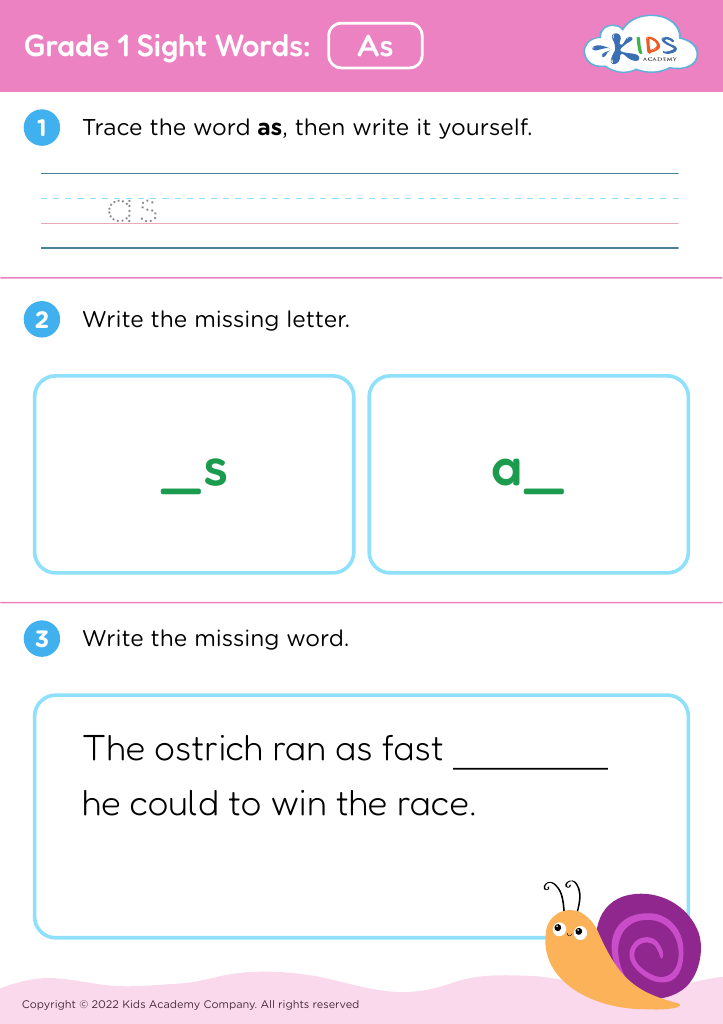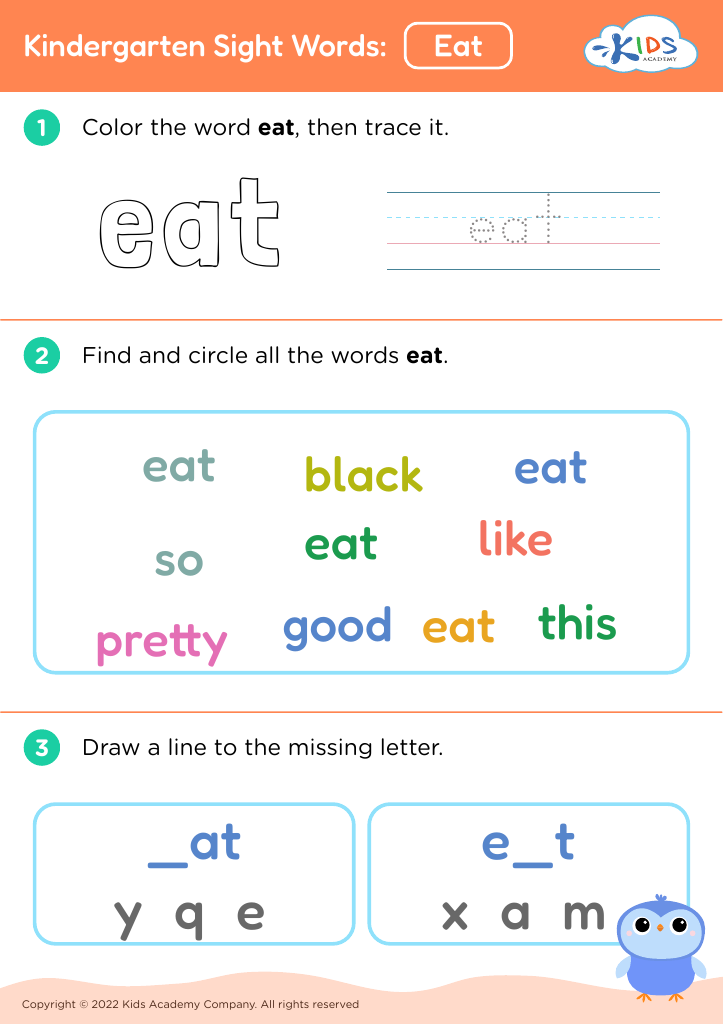Fine Motor Skills Building Vocabulary Worksheets for 6-Year-Olds
13 filtered results
-
From - To
Explore our engaging Fine Motor Skills Building Vocabulary Worksheets designed specifically for 6-year-olds! These worksheets are perfect for enhancing both vocabulary and fine motor abilities, helping young learners develop crucial skills through fun activities. Each worksheet features delightful illustrations and interactive exercises that promote handwriting, pencil grip, and dexterity. As children practice using scissors, coloring, and tracing, they simultaneously expand their word bank and understanding of language. Ideal for home or classroom use, these resources provide a valuable, hands-on approach to learning that keeps kids entertained while they develop essential skills for their educational journey. Start building skills and confidence today!


Red and Blue Coloring Fun Worksheet


Fish Worksheet
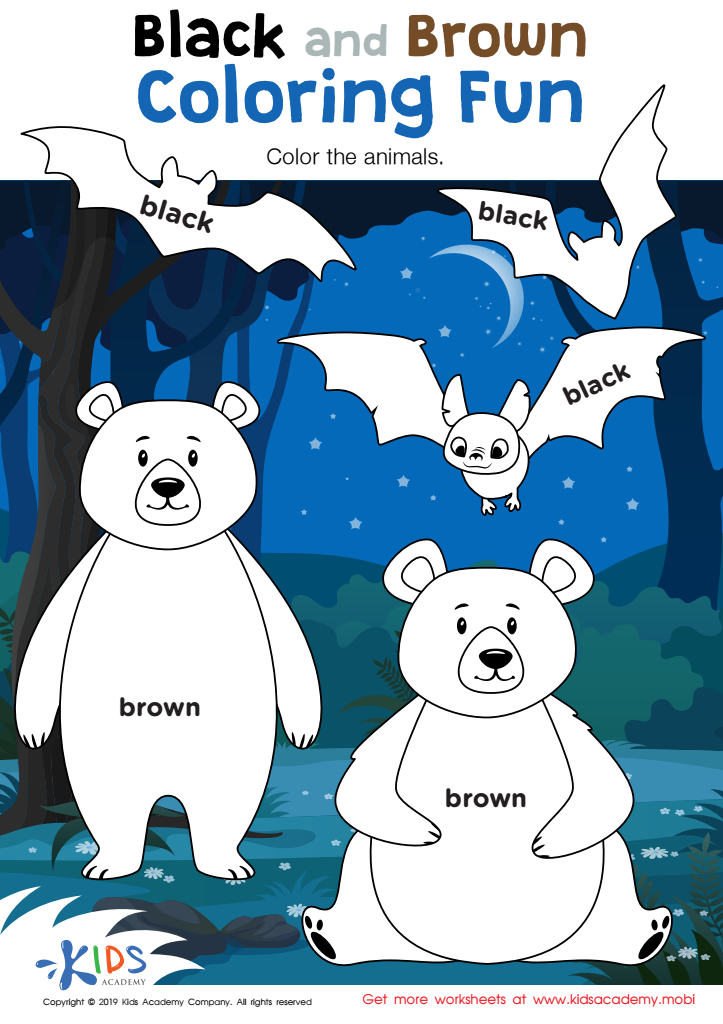

Black and Brown Coloring Fun Worksheet
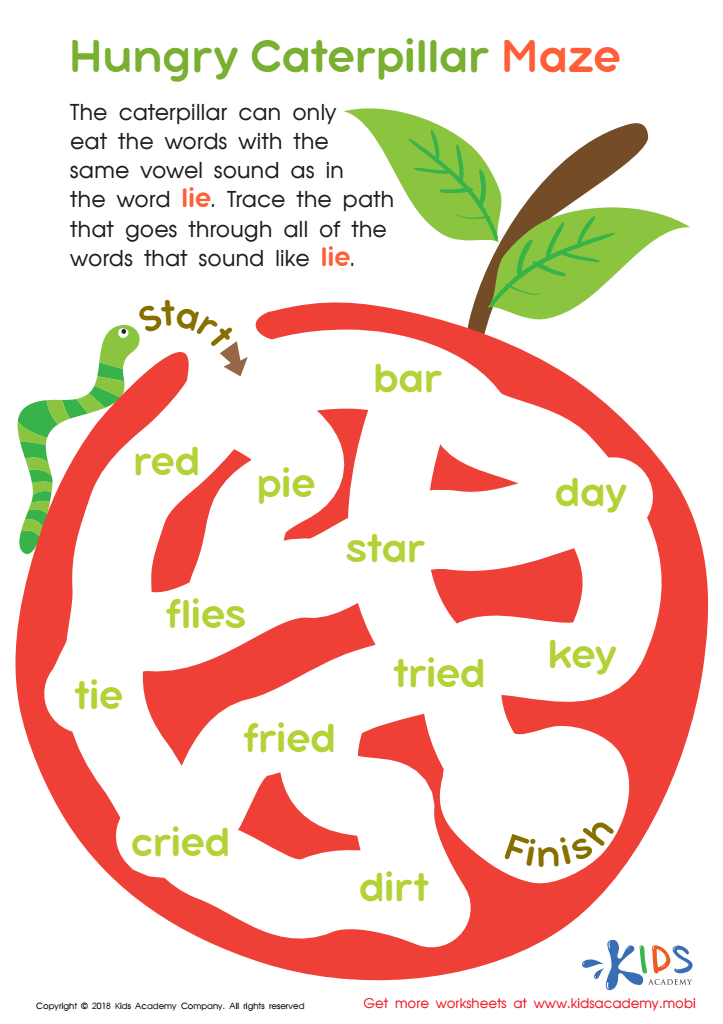

Hungry Caterpillar Maze Worksheet
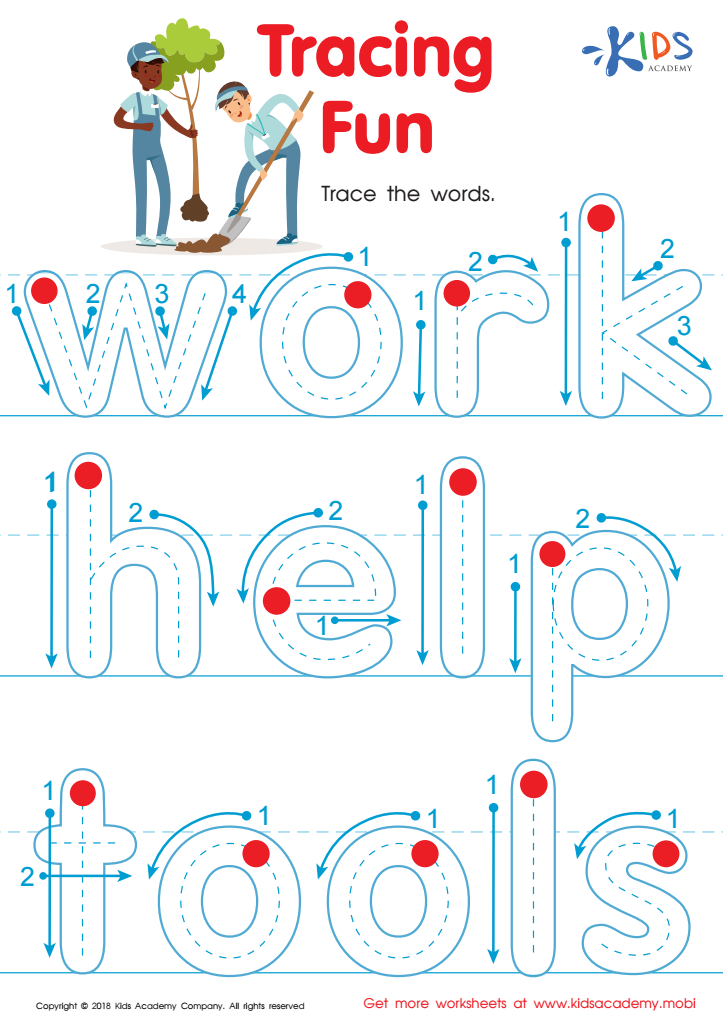

Tracing Fun Worksheet
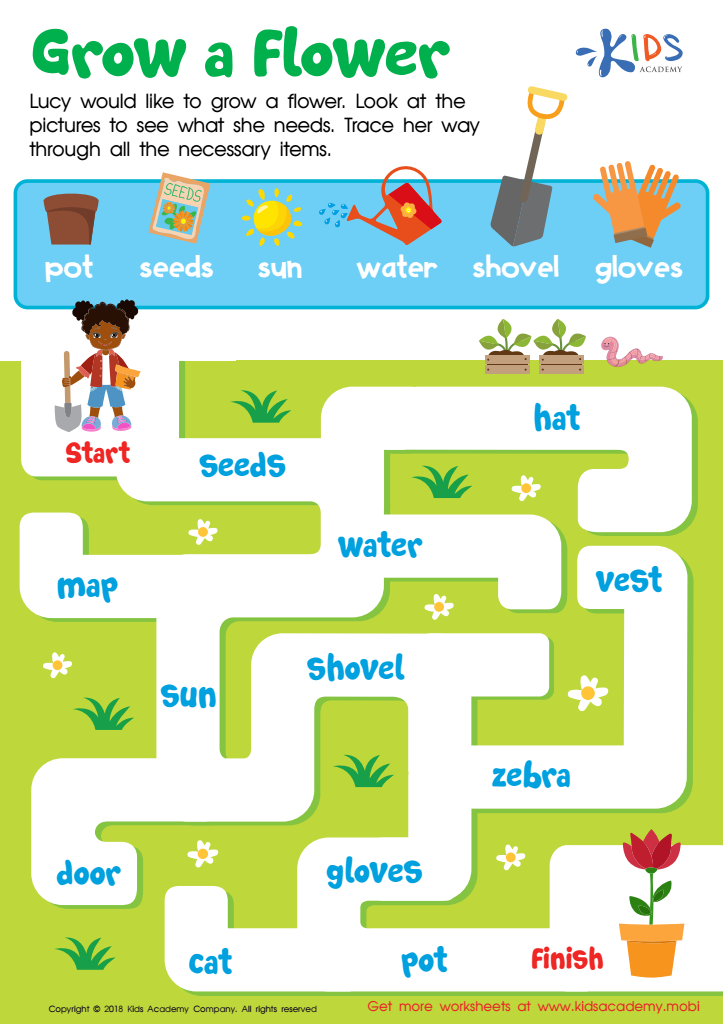

Grow a Flower Worksheet
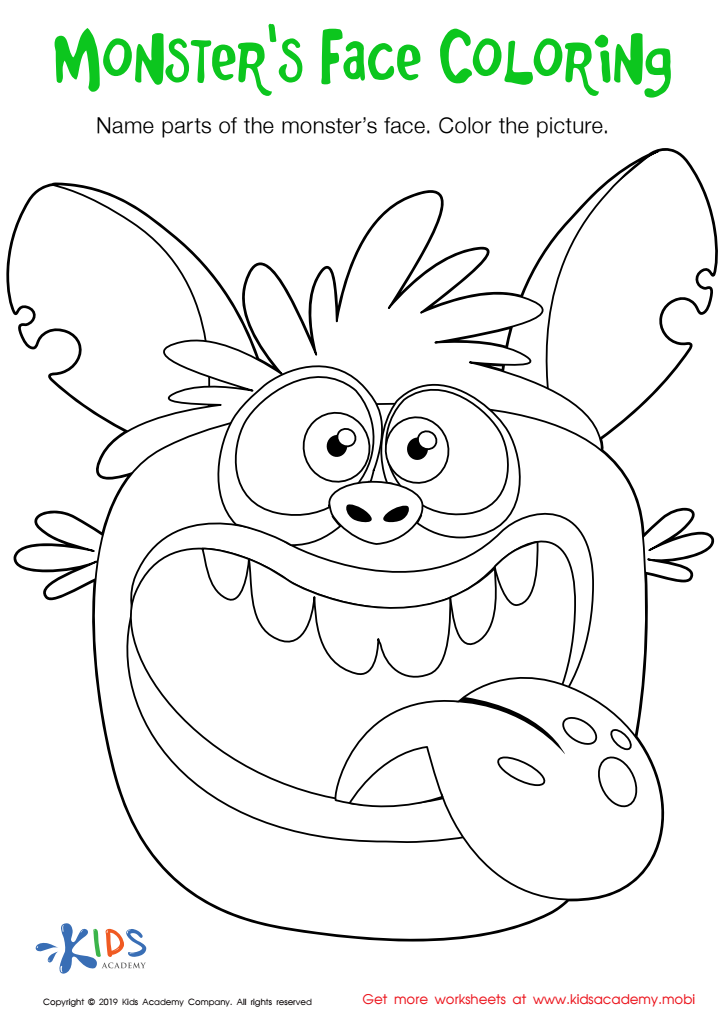

Monster's Face Coloring Worksheet
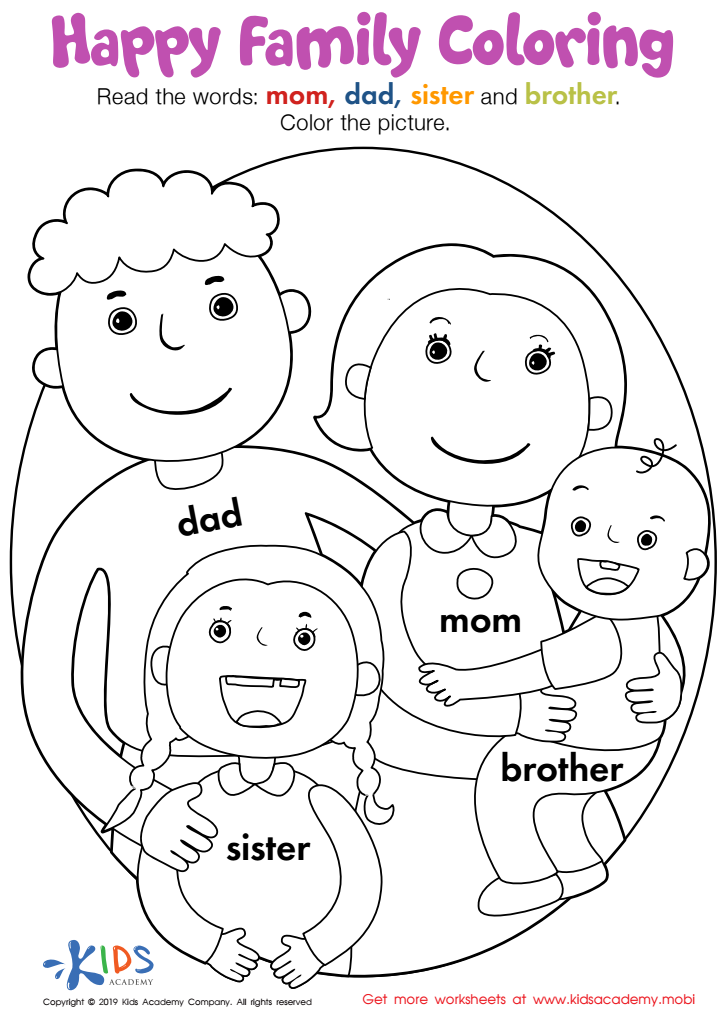

Happy Family Coloring Worksheet


Baby, Boat, Bird Worksheet Sight Words Worksheet


Pair Pears Worksheet
Fine motor skills are crucial for 6-year-olds as they form the foundation for many essential life skills. By developing these skills, children enhance their ability to perform tasks such as writing, buttoning clothes, and manipulating small objects, which in turn boosts their independence and confidence. Teachers and parents should prioritize fine motor skill development because these abilities directly impact academic performance, particularly in writing and other classroom activities.
Moreover, fine motor skills are linked to cognitive development, promoting hand-eye coordination, spatial awareness, and problem-solving skills. A lack of proficiency can hinder a child’s ability to engage fully in school or play, leading to frustration and diminished self-esteem.
In addition to physical dexterity, building vocabulary associated with fine motor skills enhances communication and comprehension. When children learn words and concepts related to fine motor tasks—like “tweezer,” “fold,” or “cut”—they improve their expressive and receptive language skills, which enriches their overall literacy development.
Finally, an emphasis on fine motor skills supports social interaction. As children engage in collaborative activities like arts and crafts or games that require hand coordination, they learn to work together and communicate effectively, fostering vital interpersonal skills. For these reasons, nurturing fine motor skills and their vocabulary is essential for holistic child development.
 Assign to My Students
Assign to My Students


